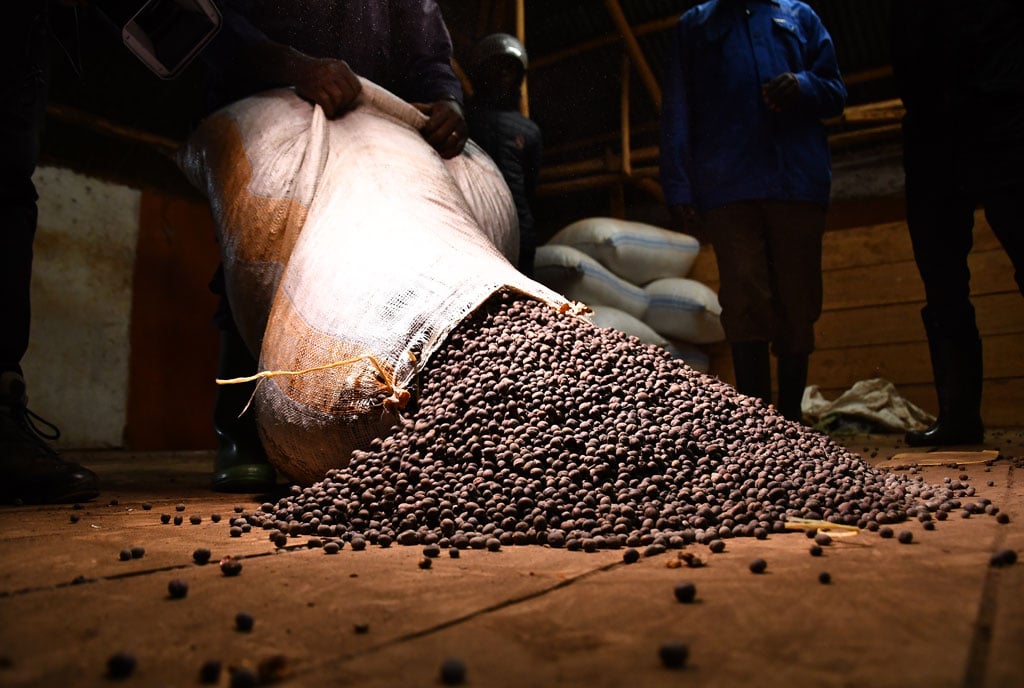
Julius Akais
While agriculture’s share of national Gross Domestic Product (GDP) has fallen below 30 percent over the last 40 years, about 70 percent of the population derive their livelihood from the sector.
It is obvious, therefore, that increasing the productivity of our farms will have a huge ripple effect throughout the economy.
While there are many components to increasing the productivity of our rural areas, agricultural finance is easily the silver bullet that will tie all these components together.
The Bank of Uganda’s latest state of the economy report showed that of the total private sector credit as of April 2024, agriculture accounted for 11.8 percent behind unsecured loans to individuals, trade and manufacturing. Since many people rely on agriculture for their livelihood, one would have expected these figures would reflect this reality, but no.
For historical reasons the way we practice agriculture – small holder, subsistence farming, does not immediately lend itself to formal financing. To engage with the sector, traditional banks need to have sufficient guarantee of payback, which means predictable cash flows.
At PostBank we have dedicated resources to this challenge for the last two decades and this is why we are easily the biggest lender to the sector. During that period we have made some interesting discoveries and worked out innovative solutions to mitigate against the sector’s unique risks.
First , the agriculture sector is a whole value chain that starts with the input dealers, primary producer to the retailer or exporter. In between these two ends are the transporters, and processors, among others.
Most farmers are small producers working less than five-acre pieces of land, have little to no collateral, employ traditional, low yielding farming methods and are at the mercy of the weather, whose patterns are rapidly changing lately.
There are clearly knowledge gaps among our farmers and we have tried to mitigate these by educating farmers on better agricultural practices and our financial solutions tailored to the sector plus linking them to credible suppliers, traders. For instance, we have seasonal working capital loans with a tenure of six months, to help the farmer prepare their fields, maintain and harvest the crop. These can be as little as Shs700,000 an acre. We used to have challenges of farmers diverting resources to other needs, but we have mitigated against this by ensuring personal bankers with agriculture knowledge handle agriculture financing.
For agricultural financing to work there have to be other partners in the sector who support the effort.
We have found useful partners in the field who insure, subsidise our operations, provide extension services and even the government has supported commercialisation of agriculture by providing access to affordable credit under the Agricultural Credit Facility (ACF) below commercial lending rates. Partnerships help to reduce risks in the sector.
Eligible projects for ACF funding include those in primary agriculture, agro-processing and grain trade and pulses with maximum duration of eight years and two years for grain trade and pulses at a rate of 12 percent per annum and 15percent per annum respectively. ACF currently accounts for 43 percent of our agricultural lending portfolio.
Our experience shows agricultural financing provides near limitless possibilities, if only because we are working from a low base. Our loan agriculture loan book has grown by over 70 percent since 2021. While it has been a steep learning curve, lessons are transferable to the sector and can benefit the overall economy with the right support from government and other partners.
Mr Julius Akais Osauro is supervisor of agriculture and partnerships at PostBank Uganda.








